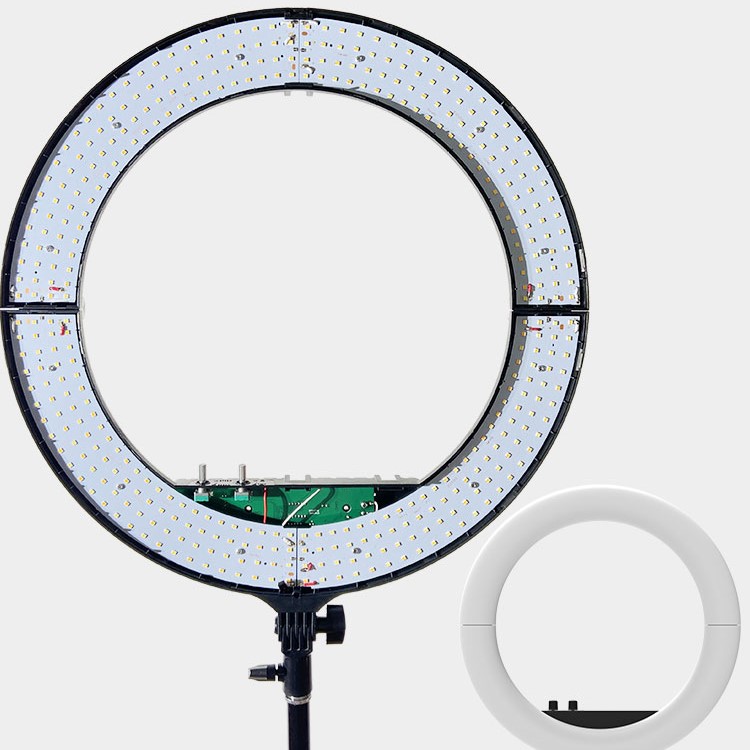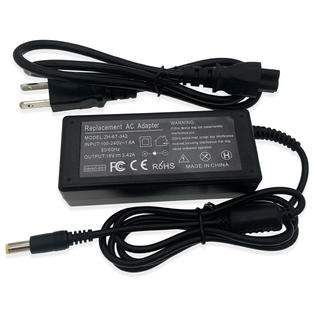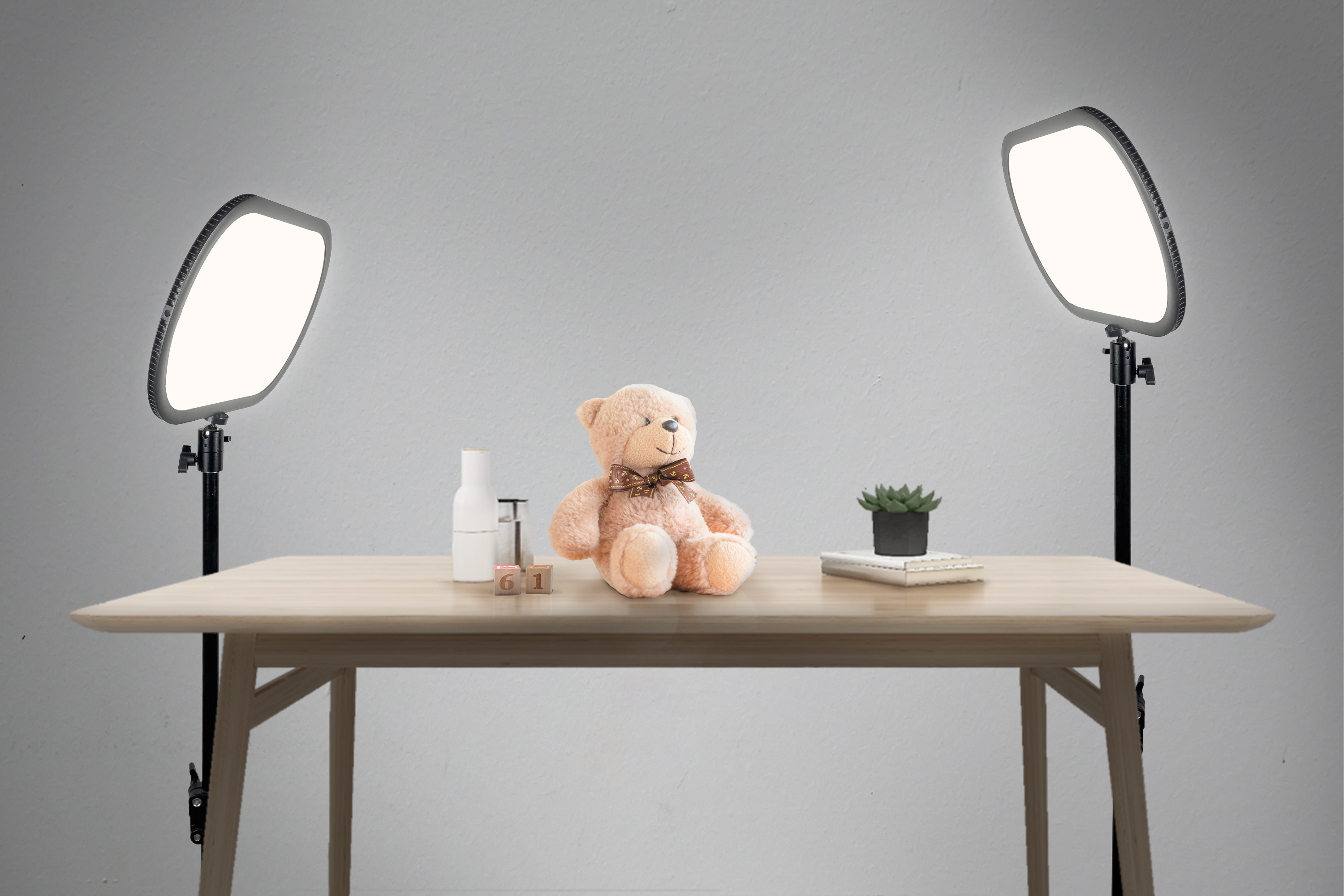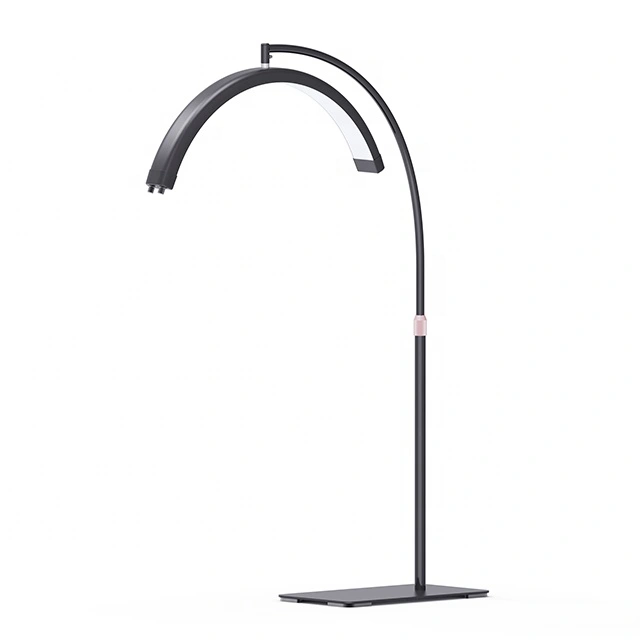Fight LED light decay: Make your lights brighter and longer
Energy saving and long service life are the
distinguishing features of LED lighting that distinguish it from traditional
light bulbs. But let’s be honest, have you ever noticed that your LEDs are getting dimmer
over time? This is a very common phenomenon, this is light decay. It's not like
your old incandescent lights that suddenly come on and go out one day; LEDs
fade over time and you won't even notice if you don't look carefully. So, let’s talk about its causes, how to slow it
down, and how Seming Lighting can help you keep your lights bright for years to
come.
Understanding LED Light Decay – The Why and How
What Exactly Is Light Decay Anyway?
Think of it this way: even at the atomic
level, things wear down. Inside your LED, the semiconductor materials that make
the light are slowly changing. Tiny imperfections form, and the phosphor
coating (the stuff that makes the blue light from the chip look white) starts
to lose its effectiveness. It's a bit
like rust, but for light.
So, What Makes it Happen Faster?
Several culprits can accelerate this
process:
Heat is the Enemy: Think about how hot a
traditional light bulb gets. LEDs don't get *that* hot, but heat is still their
biggest enemy. Higher temperatures speed
up those pesky chemical reactions inside, making the light decay faster.
Don't Overdo the Juice: Just like you
wouldn't plug your phone into a 220V outlet, you don't want to overdrive your
LED. Giving it too much current creates
excess heat, and we've already talked about how much heat hates LEDs.
Quality Matters (A Lot): You know how some
things just feel cheap? That applies to LEDs too. Low-quality chips and materials will degrade
much faster. It's worth investing in quality
upfront.
The Environment Plays a Role: Think damp
basements, dusty attics, or areas with corrosive fumes. These conditions can also contribute to LED
degradation. Properly sealed fixtures
are key here.
Measuring the Fade:
Luckily, there are ways to measure this light decay. Industry standards like LM-80 and TM-21 give us a way to predict how long an LED will stay bright. These standards allow us to compare apples to apples and make smart choices about which LEDs to buy.
Slowing the Fade – Tips and Tricks
Start with a Good Foundation:
A high-quality LED chip is the heart of a
long-lasting light. We're talking about chips made with top-notch materials and
precise manufacturing. At Seming Lighting, we're picky about our chips. We only use the best to ensure your lights
stay bright.
Smart Drivers, Happy LEDs:

The driver is like the brain of the
operation. It regulates the power to the LED.
Advanced drivers keep the current steady and prevent overheating, which
we know is crucial for longevity.
Keeping it Cool:
Heat management is key, and we've designed
our fixtures with that in mind. We use
heat sinks, thermal pads, and clever airflow to whisk that heat away, keeping
the LEDs happy and shining bright.
Seming Lighting – Our Promise to You
Built to Last:
We're not just selling lights; we're
building relationships built on trust and performance. We're obsessed with
quality and durability. We test
rigorously to make sure our products live up to our high standards.
Our Products, Your Peace of Mind:
Our LEDs are designed with longevity in
mind. From the chips to the drivers to
the thermal design, everything is optimized to fight light decay. We have options for every need, from your
home office to a massive warehouse.
We've Got Your Back:
Our warranty and customer support are there
to give you peace of mind. We're
confident in our products, and we want you to be too.
Want to learn more about light decay? Download our white paper or give us a call.
We'd love to answer your questions and help you choose the perfect LED lighting
solution for your needs. We’re here to help you keep your lights shining bright for years to
come.






